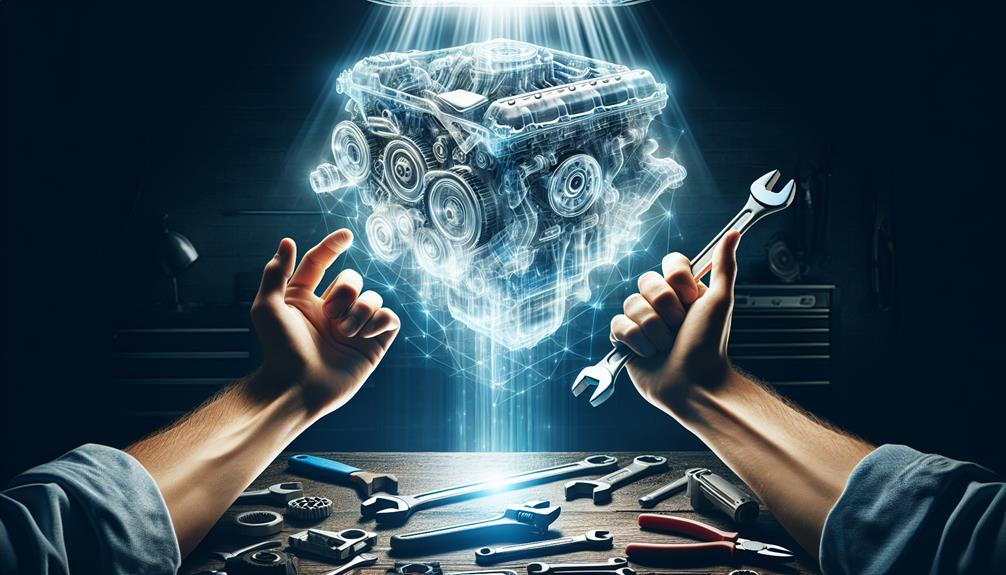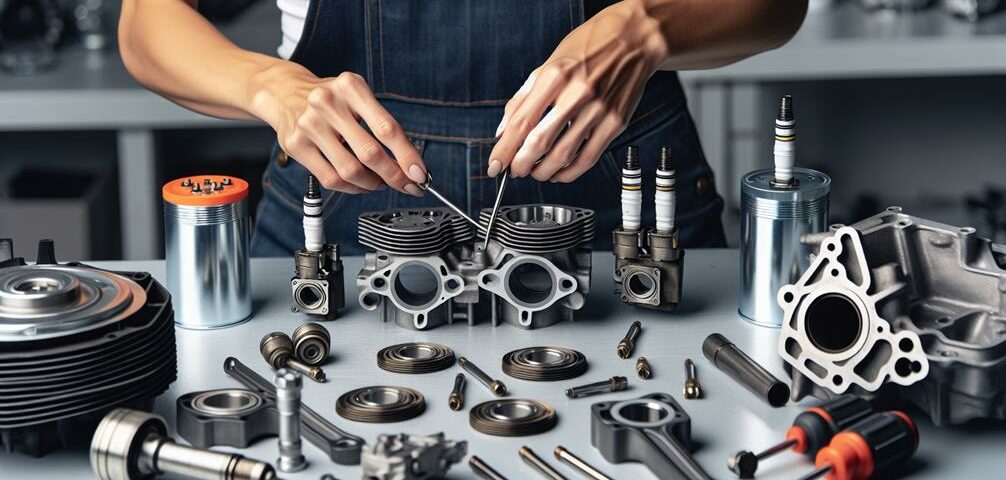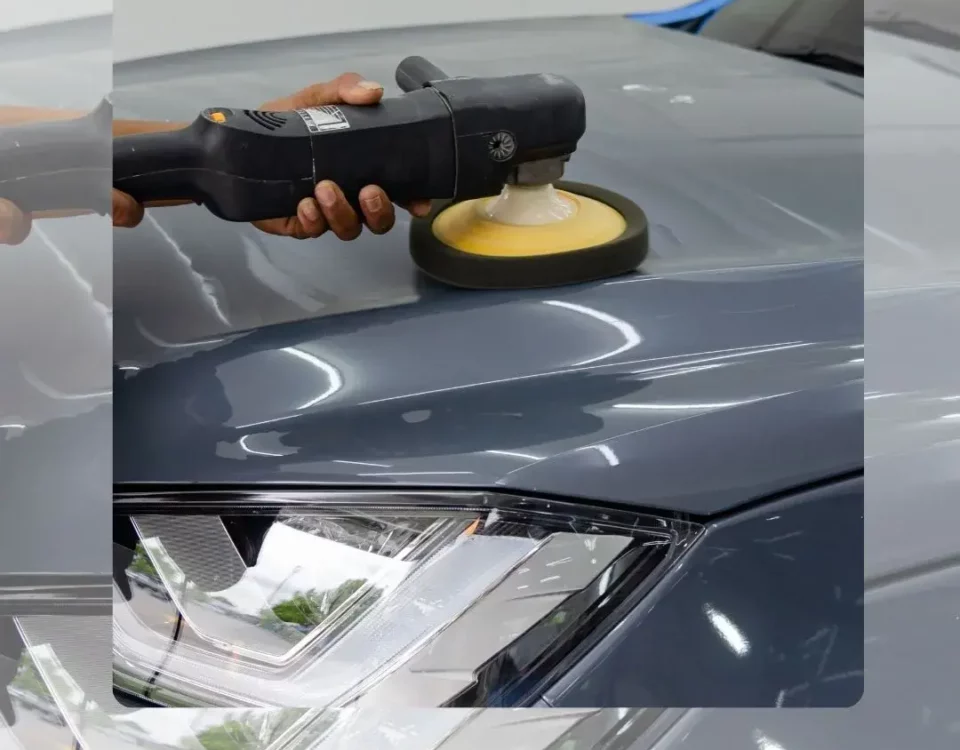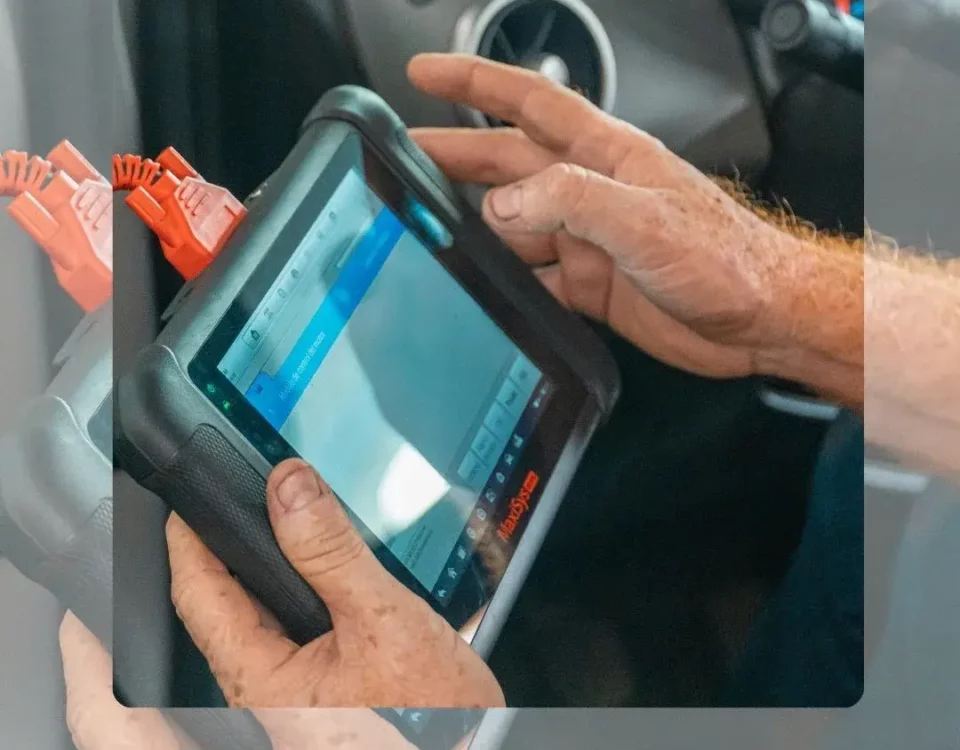
Elevate Your Auto Mechanic Skills With Advanced Engine Component Knowledge
March 6, 2024Bounce Into Fun at Sky Zone Trampoline Park in Thousand Oaks, CA
March 19, 2024Imagine you’re knee-deep in the guts of a 1967 Ford Mustang, sweat trickling down your forehead as you grapple with its somewhat temperamental V8 engine. You’ve got the basics down, sure, but a sense of dread creeps over you as you realize that your understanding of its intricate components isn’t as thorough as it could be.
Now, picture a guide that could shed light on those obscure parts, a manual that could turn that dread into confidence. Well, you’re in the right place, my friend. As we navigate through this comprehensive guide together, you’ll not only grasp the role of each component, but also learn how to maintain and troubleshoot them.
Buckle up, because we’re about to embark on an enlightening journey into the heart of your beloved engine.
Understanding Key Engine Components
Let’s dive right into the heart of your vehicle – the engine – and dissect its key components to enhance your understanding and mastery as an auto mechanic.
The engine block, the sturdy shell of your engine, houses cylinders where the magic of combustion happens. Pistons, residing in these cylinders, move up and down, converting fuel into motion.
Your engine’s heart, the crankshaft, takes this linear motion and turns it into rotation – the lifeblood of your vehicle. Then you’ve got the camshaft, controlling the opening and closing of valves, vital for the air-fuel mix.
Maintenance and Troubleshooting Guide
While understanding the key components of an engine is crucial, knowing how to maintain and troubleshoot these parts is equally important for any seasoned auto mechanic.
1. Regular Maintenance: You can’t underscore the importance of routine check-ups enough. It’s like going to a doctor for a regular health screening. It helps identify potential issues before they become serious problems.
2. Troubleshooting: This requires a keen eye and an analytical mindset. You’ll need to identify symptoms, diagnose the problem, and determine the right fix. It’s almost like being a detective, but for cars.
3. Tools Mastery: You need to know your tools like an artist knows their brushes. Each has a specific role and using them correctly can make all the difference.





